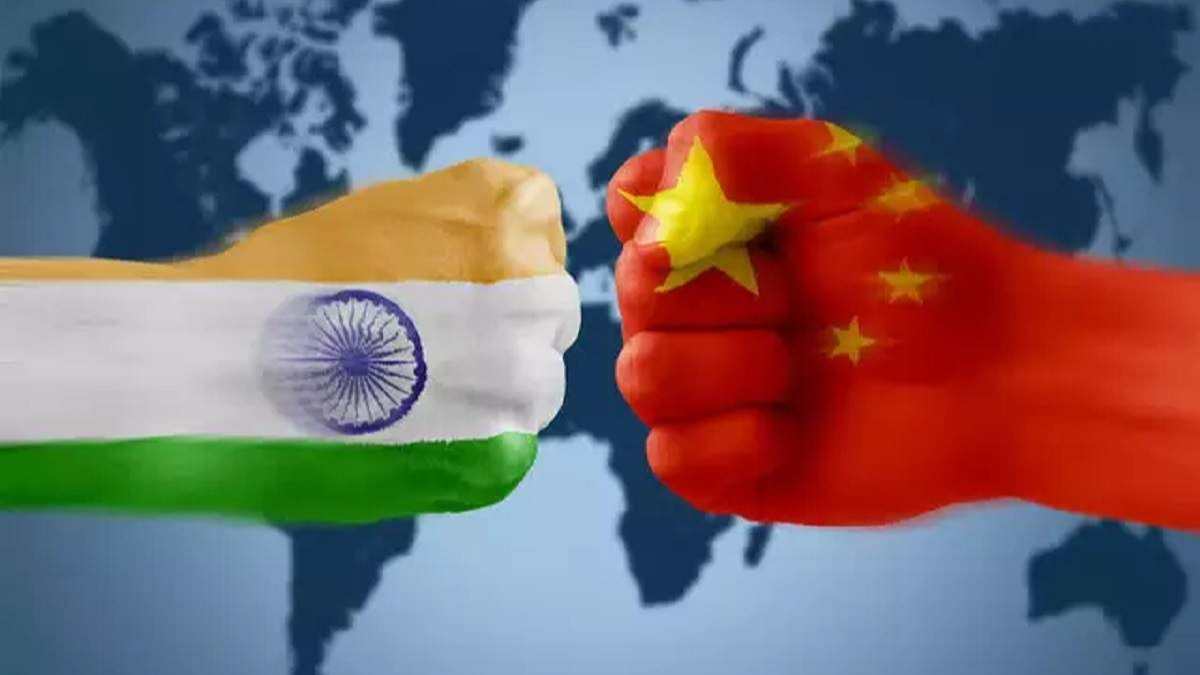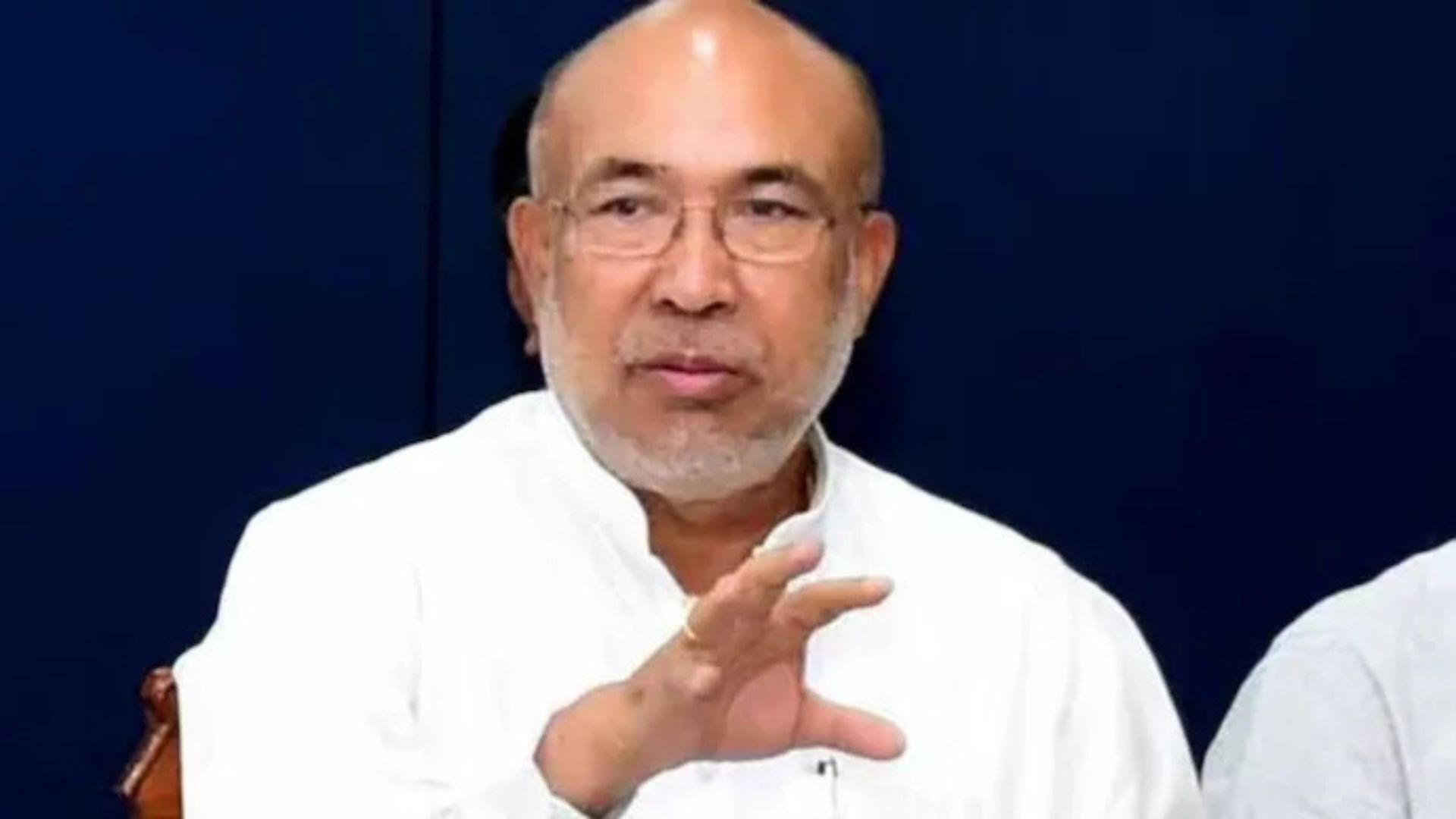
China and India are the rising powers of the twenty-first century, economic powerhouses with an increasing flurry of diplomatic activity and influence around the world. Though China is way ahead of India economically, they are juxtaposed as natural rivals competing for influence not only in neighbourhood but across the developing countries in Asia, Africa and Latin America. Soft power has become an important tool for both countries to gain diplomatic influence in the international system. In the case of China, soft power projections help to dispel fears related to China’s rise and counter the threat theories arising out of the same. On the other hand, for India, soft power may not be an immediate aim in its foreign policy, but it is nevertheless an important factor in its gradual rise in the world.
In the case of China, economic factors and not cultural ones weigh the most in shaping both positive and negative influences. For instance, Afrobarometer, a pan-African, non-partisan think tank conducting public attitude surveys, found that the most frequently cited factor contributing to a positive image of China in African countries is its investments in infrastructure and other development projects. Economic elements or trade, aid and investment are one of the most effective tools of China’s soft power projections. China’s lucrative trade deals and hefty aid packages make it an attractive partner particularly for countries in Southeast Asia, Latin America and Africa. Moreover, the absence of apparent conditionalities in China’s investment deals are highly appealing for the resource-rich countries. China’s non-critical approach towards the internal affairs of other countries has made it a more attractive partner compared to the policy of imposition of reforms by the Bretton Wood Institutions. The aid and assistance programmes, lines of credit and “no-strings attached” development assistance have all been embraced by many developing countries, cultivating a benign image for China.
China has also sought to promote its culture throughout the world through media such as TV, radios, Internet and movies and also through the expansion of Confucius Institutes. Some of these efforts include the 24 hours Chinese TV and Radio broadcasting stations, the establishment of CCTV branches, opening of Xinhua bureaus, China Daily and China Radio International in different parts of the world. The 2008 Olympic Games, the 2010 Shanghai Expo, and the Confucius Institute programmes have all sought to augment China’s soft power in the world. Chinese celebrities such as accomplished basketball player Yao Ming and pianist Lang Lang and famous Kung Fu movie stars have become cultural envoys for China. Chinese movies and directors have also been credited for their work internationally and are presenting a new image of their country. The global ranking of China as a tourist destination jumped from 34th place in 1980 to 5th in 2001 and is rising as one of the top tourist destinations in the world.
On the contrary, India’s pluralistic culture, democratic institutions and historical principles like non-violence have made India an attractive partner. The global appeal of India’s culture is displayed through its television, cinema, cuisine and language which creates a favourable, positive international image. Moreover, India’s political values of liberty and democracy are its greatest soft power assets. India as the largest functioning democracy in the world with a free and independent media and judiciary have earned India credibility in the international scenario. As Shashi Tharoor, an Indian parliamentarian, emphasises it is India and not China which is winning the soft power war; India is the land of the better story being a “society with a free press, thriving media and people with a creative energy to dazzle.”
Both China and India are actively seeking influence through various elements such as assistance and investment programmes, cultural outreach, educational cooperation mechanisms and increasing engagement through other international platforms. While China’s soft power is seen mostly as economic in nature, India is a cultural force with rich soft power capital emanating from its democratic credentials and genuine people-to-people interactions. The closed nature of the political system in China where the spaces for expression and association are limited raises suspicions and reduces trust in the international sphere. The private actors need to play an influential role in creating sporadic networks and associations for culture to play a vital role in bolstering China’s soft power appeal to the world. Events like the Olympics in 2008 and the Shanghai Expo were great successes, but the soft power gains from these events were undercut by the human rights violations shortly thereafter in Tibet and Xinjiang. Thus, China’s restrictions on cultural activities, clamping down on the Internet and arrest of human rights activists have undermined China’s international credibility. State propaganda is thus not the best and effective means of generating soft power and credibility that comes from free-flowing channels of information.
However, India’s efforts have not yet been successful in generating adequate soft power for the country. India has a natural soft power appeal manifested through its cultural assets but lacks the required governmental efforts in transcending these resources into effective outcomes. Bureaucratic inertia and rigid adherence to procedure and hierarchy have been the factors behind India’s lacking soft power projections. While the scenario has been changing under the leadership of Prime Minister Narendra Modi, India still has a long way to go in achieving its soft power potentials. Soft power is increasingly important but it has to be backed by sufficient hard power capabilities and India needs to achieve higher economic growth levels to wield greater influence in the region.
On the other hand, Beijing has become an attractive partner because of the development model of China and its approach to bilateral relations, described as the “Beijing Consensus” that has appealed to various leaders who are looking for an alternative to the reforms advocated by the western countries under “Washington Consensus.” The fact that China was able to lift 400 million out of poverty in two decades without any forced structural adjustment programmes holds great appeal for developing countries. On the other hand, India’s development model is futuristic and has not yet succeeded to be emulated or admired by other countries. China, therefore, has a crucial edge over India in terms of successfully levying economic tools of soft power; however, India is a cultural force with its synergies resting more on people-to-people interactions and exchanges.
Both China and India employ distinct tools to assert their influence in the international realm. The crucial difference between Chinese and Indian soft power strategies lies in the role of the state. In the case of China, it is a deliberate state-led project while for India, it is a free-flowing entity deriving its strength mostly from non-state initiatives. Soft power becomes most effective when it spreads in an impartial manner generating credibility that rests mostly with free-flowing channels of information. Differentiating soft power from mere propaganda or public diplomacy, soft power requires an understanding of the importance of self-criticism, credibility and the role of civil society.
Looking at the crucial differences between Chinese and Indian soft power in terms of the role of state, China can also be aptly called as a ‘sharp power’ where the state actively pursues an agenda through media, culture and other tools to manipulate opinions abroad. With its global image plummeting due to its increasing use of economic coercion, it is time China rethought its strategy on soft power.
Hema Narang is a guest lecturer at Department of East Asian Studies, Delhi University and the recipient of Harvard HYI-CAS Fellowship, 2019-20.















